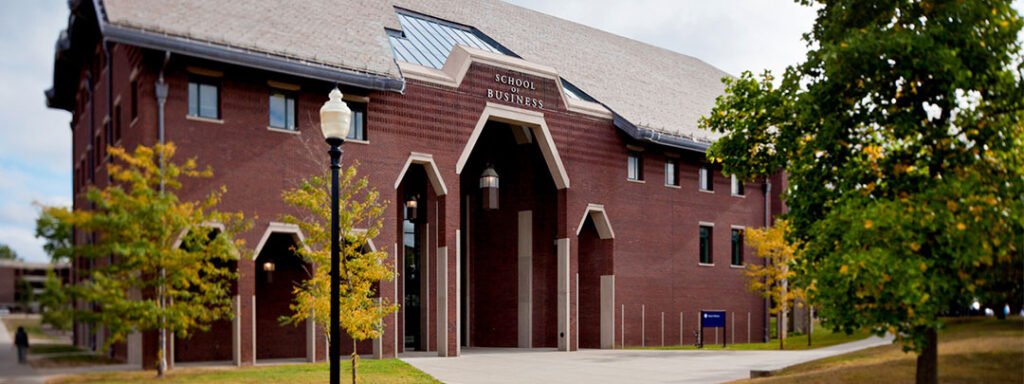- However, a closer look at the UDISE+ data reveals that the gender gains made in school education are mainly on account of private schools, where the increase in female teachers has been much sharper.
Female teachers made up 53.3% of all school teachers in 2023-24, their highest recorded proportion yet, with the teaching workforce making a steady shift towards greater gender diversity over the last few years, shows the latest government data.
In 2018-19, male school teachers made up just over 50% of the workforce. Out of 94.3 lakh school teachers in 2018-19, 47.16 lakh (50.01%) were men and 47.14 lakh (49.98%) were women. Now, the number of female teachers has surged to 52 lakh in 2023-24, with male teacher numbers dropping to roughly 45 lakh.
In other words, between 2018-19 and 2023-24, female representation of school teachers jumped by over 3.3 percentage points to 53.3% and male representation declined to 46.6%, shows data from UDISE+. Compiled by the Education Ministry, UDISE+ is India’s most extensive database on school education and draws on data submitted directly by states.
The ministry recently released UDISE+ reports for the years 2022-23 and 2023-24 together.
Women first breached the 50% mark in 2019-20, reaching 50.7% of the workforce, shows the report. Since then, their share has steadily increased, with the most significant jumps seen in 2022-23 and 2023-24, when their representation rose from 51.3% to 52.3% and then 53.3%, respectively.
These gains in school education stand in contrast to higher education, where teaching continues to remain a male-dominated profession.
According to the latest All India Survey on Higher Education (AISHE) data for 2021-22, women constitute only 43% of teachers in higher education, compared to 57% men. The gender gap has remained nearly static since 2018-19, when women made up 42% of teachers and men 58%.
However, a closer look at the UDISE+ data reveals that the gender gains made in school education are mainly on account of private schools, where the increase in female teachers has been much sharper. In fact, in government schools, the teaching workforce continues to remain dominated by men.
This has remained the case each year from 2018-19 to 2023-24. Of the 49.47 lakh government school teachers in 2018-19, 28.18 lakh (57%) were men and 21.29 lakh (43%) were women. In 2023-24, the number of women saw a rise of around 6% — 22.65 lakh women were teaching in government schools, alongside 27.72 lakh men.
In contrast, private schools saw a much higher rise of around 20% in the number of women teaching. Private schools had a higher number of women teachers, all through the years from 2018-19 to 2023-24. Of the 37.30 lakh private school teachers in 2023-24, 24.76 (66%) were women, compared to 20.63 lakh women teachers out of a total of 33.04 lakh teachers in 2018-19.
Some states have bucked the national trend of more men than women teaching in government schools. In Kerala, for instance, 78% of government school teachers are women, while this figure is 67% in Tamil Nadu, and 64% in Punjab. Delhi also has a higher number of women than men teaching in government schools — around 61% of the total number of teachers.



